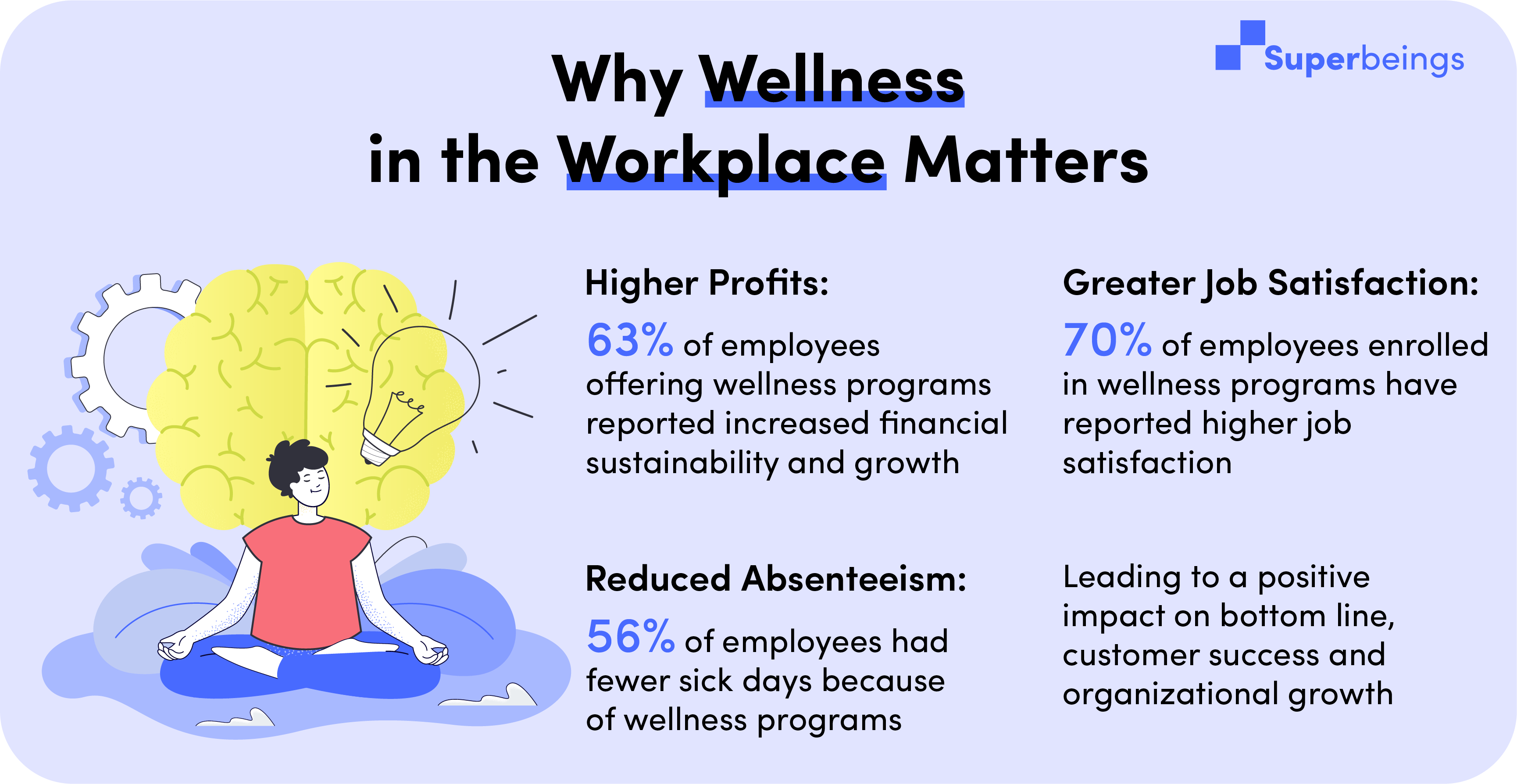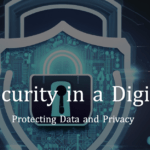Introduction
In our rapidly changing world, adopting a green lifestyle isn’t just a choice; it’s a necessity. Living green means embracing eco-conscious habits that promote sustainability and environmental well-being. In this blog post, we deliver into the significance of living green, eco-friendly practices, and how you can contribute to a more sustainable future.
1. Embracing Sustainable Living: Small Steps, Big Impact
Living green begins with small, actionable steps that collectively make a significant impact. Reduce your carbon footprint by conserving energy through energy-efficient appliances and LED lighting. Embrace water-saving technologies and adopt the mantra of reduce, reuse, and recycle to minimize waste. These eco-friendly practices not only save resources but also enhance your eco-conscious lifestyle.
2. Eco-Friendly Transportation: Moving Towards Greener Roads
Optional for eco-friendly transportation alternatives like walking, cycling, or public transit. If driving is necessary, consider carpooling or investing in a fuel-efficient or electric vehicle. Green commuting not only reduces emissions but also contributes to cleaner air and a healthier environment.
3. Sustainable Eating: Green Choices on Your Plate
Your dietary choices can significantly impact the environment. Adopt a plant-based diet or reduce meat consumption to lower your carbon footprint. Support local farmers and choose organic, locally sourced produce. By doing so, you support sustainable agriculture and contribute to a greener planet.
4. Green Spaces: Nurturing Nature at Home
Transform your surroundings into green havens by planting trees, cultivating gardens, and creating green roofs. These green spaces absorb carbon dioxide, provide habitats for wildlife, and enhance air quality. Plus, they offer a peaceful retreat while promoting biodiversity.
5. Environmental Awareness: Spreading the Green Message
Raising environmental awareness is essential. Engage in discussions, participate in community clean-up initiatives, and support environmental organizations. By educating others about the importance of living green, you amplify the impact of eco-conscious choices.
6. Sustainable Fashion: Dressing Consciously
Living green extends beyond our homes—it encompasses the clothes we wear. Fast fashion contributes to environmental degradation and unethical labor practices. Embrace sustainable fashion by opting for eco-friendly fabrics, thrifting, and supporting ethical brands. By choosing quality over quantity and embracing timeless styles, you not only reduce waste but also support a more ethical and sustainable fashion industry.
7. Waste Reduction: The Power of Zero Waste Living
Adopting a zero-waste lifestyle is a powerful way to live green. Reduce single-use plastics, compost organic waste, and recycle responsibly. Embrace reusable products such as cloth bags, stainless steel straws, and glass containers. By minimizing waste, you contribute significantly to environmental conservation. Start small by making conscious choices, and gradually incorporate more zero-waste practices into your daily routine.
8. Green Energy: Harnessing Renewable Sources
Transitioning to green energy sources, such as solar or wind power, significantly reduces your carbon footprint. Installing solar panels at home not only reduces your electricity bills but also contributes clean energy to the grid. Many regions offer incentives for renewable energy adoption, making it both an eco-conscious and financially savvy choice. By harnessing the power of renewable energy, you actively participate in the global shift towards a sustainable energy future.
9. Educational Initiatives: Empowering Future Generations
Education is a powerful tool for change. Support and engage in educational initiatives that promote environmental awareness. Encourage schools and communities to implement eco-friendly programs and curricula. By nurturing a love for nature and sustainable practices in younger generations, we pave the way for a greener future. Consider volunteering for environmental organizations, participating in tree-planting events, or organizing workshops to spread knowledge about sustainable living practices.
10. Community Engagement: The Collective Impact
Living green is not an individual endeavor—it’s a collective effort. Engage with your community to promote environmental conservation. Organize neighborhood clean-up drives, establish community gardens, or advocate for green spaces in urban areas. By working together, communities can create significant positive change. Collective action amplifies the impact of individual efforts, fostering a sense of belonging and shared responsibility for the planet we call home.
Conclusion
Living green is a holistic lifestyle that encompasses conscious choices in every aspect of our lives. By embracing sustainable habits, reducing waste, supporting eco-friendly initiatives, and empowering future generations, we contribute to a greener, healthier planet. Every small action adds up, and together, our collective efforts can create a profound impact. Let’s continue this journey towards a sustainable future, where living green is not just a choice but a way of life that ensures a harmonious coexistence with nature for generations to come.























